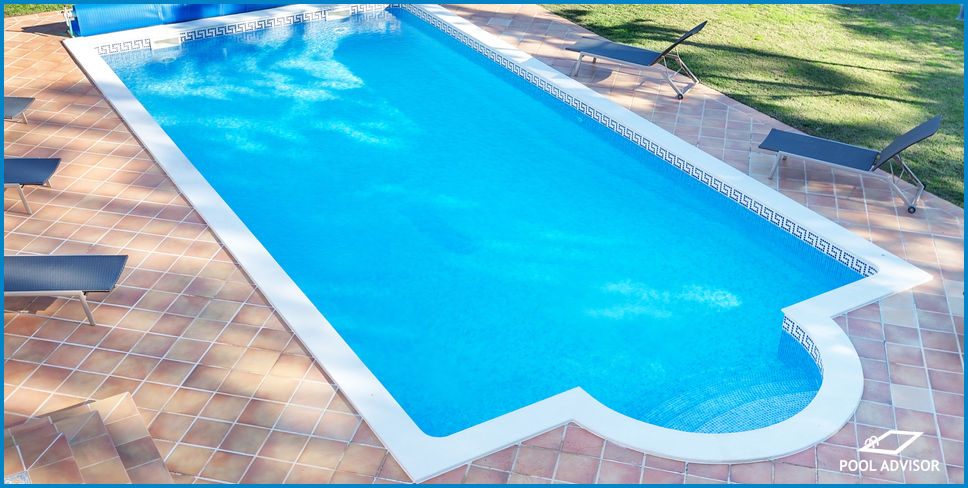
Saltmate Chlorinator Not Working - Lights & Timer [Fixed]
Saltmate chlorinators are a fairly reliable brand of chlorine generator for saltwater pools, but like all technology, these systems are prone to developing issues over time.
In this article, we will cover the most essential Saltmate chlorinator troubleshooting information, including what to do if your chlorine levels are low, when warning lights are on, or if you are not receiving automated chlorine readings.
Chlorine Indicator Not Displaying Readings
If your chlorine indicator is not displaying readings, there are a few things you should check. First, ensure that your filter and skimmer baskets are clean and that your pool has the correct water levels.
Next, ensure that your pool has the correct salinity level. For Saltmate chlorinators, the minimum salt level your pool can have is 4,000 ppm, and the ideal operating salinity is 5,000 ppm.
Afterwards, check the power components of your chlorinator. Is the power on? Make sure that the power cable is connected to a functioning outlet and that the cord is securely connected to the outlet and your machine.
If all else fails, examine your salt cell. Salt cells need to be cleaned regularly to avoid malfunctions related to built-up mineral sediment. To clean your salt cell, gently disassemble it and use a corrosive cleaning solution such as diluted hydrochloric acid or in a pinch, vinegar.
Low Free Chlorine Levels
If your pool is showing low free chlorine levels, it is recommended that you first test your pool’s chemistry, including the salt levels, pH reading, and total amount of phosphates present.
One of the most important chemicals to test for is cyanuric acid, sometimes called pool stabiliser. This chemical must be present in adequate amounts in your pool to prevent free chlorine from breaking down in the sun. The ideal range for cyanuric acid is 30-50 ppm.
Next, ensure that your chlorine output indicator is set to 100% by turning the output control dial. If this does not help, you can also increase your chlorinator’s daily operating time.
Sometimes, issues with low chlorine production can be due to your Saltmate chlorinator timer not working. If this is the case, your machine’s timer will need to be replaced. These elements are often fragile and not easily repaired.
As a last resort, you should test your chlorinator’s production as follows. Confirm that your pump is running and your chlorinator is turned on. Then, gather a water sample from right next to your pool’s water return outlet. Take a second sample far away from your pool’s water return outlet.
Test for free chlorine levels and compare your results. If your chlorinator is operating correctly, the sample that you gathered close to your pool’s water return outlet should show higher levels of chlorine than the one taken from far away.
No Water Flow Indicator Light
Saltmate series of chlorinators contain safety sensors that cease chlorine production if adequate water flow is not present. This can cause your chlorine output reading to drop to zero, and your machine will cease to produce chlorine until the flow issue is resolved.
The most common issues that create low flow in your chlorinator are a clogged pool filter, skimmer baskets that need emptying, or a salt cell that needs to be decalcified.
If your Saltmate chlorinator has other indicator lights that are not working, this may indicate an issue with the electrical circuit board of your machine. These issues typically must be resolved by a licensed repair technician.
Conclusion
Like all machines, Saltmate chlorinators can sometimes experience issues. Luckily, many common issues with these units are easy to troubleshoot and fix by yourself without contacting a repair centre.
Do you have any questions about troubleshooting issues with your Saltmate series chlorinator? Get in touch with us; we’ll do our best to help you out!

Louis
A chemical engineer by trade, Louis is committed to debunking myths in the pool industry by explaining the underlying chemistry and making it accessible to all.
